How to Start a Diesel Truck
Method 1 of 3:
Following Standard Startup Procedure
-
 Make sure the parking brake is on and the truck is in Park or Neutral. If you have a manual parking brake, make sure the handle is pulled upward. For an electronic parking brake, make sure the appropriate button or lever is engaged. Check your shifter to make sure the truck is either in Park (for automatic transmission) or Neutral (for manual transmission).[1]
Make sure the parking brake is on and the truck is in Park or Neutral. If you have a manual parking brake, make sure the handle is pulled upward. For an electronic parking brake, make sure the appropriate button or lever is engaged. Check your shifter to make sure the truck is either in Park (for automatic transmission) or Neutral (for manual transmission).[1]- In addition, keep your foot on the brake. These simple safety measures will help prevent your truck from lurching or drifting unexpectedly.
-
 Turn the key to the Start position to initiate the warmup process. Insert the key and rotate it about one-quarter of a turn forward. The key will settle in what's known as the Start position. Do not continue to turn the key and attempt to start the engine yet.[2]
Turn the key to the Start position to initiate the warmup process. Insert the key and rotate it about one-quarter of a turn forward. The key will settle in what's known as the Start position. Do not continue to turn the key and attempt to start the engine yet.[2]- Unlike the spark plugs used in gasoline engines, diesel engines rely on heated air and compression to ignite the fuel. Therefore, unless the engine is already warm (from running recently or from hot weather conditions), it will need time to warm up before startup. The Start position begins this process.
-
 Check for the lit "glow plug" indicator on your dashboard. In most trucks, you'll see the glow plug indicator light up on the dashboard when you turn the key to the Start position. Typically, this indicator looks like a pair of cursive lowercase Ls turned upside-down. When you see this indicator light up, leave the key in the Start position and wait.[3]
Check for the lit "glow plug" indicator on your dashboard. In most trucks, you'll see the glow plug indicator light up on the dashboard when you turn the key to the Start position. Typically, this indicator looks like a pair of cursive lowercase Ls turned upside-down. When you see this indicator light up, leave the key in the Start position and wait.[3]- Alternatively, some trucks have a text indicator on the dash that reads something like 'Wait to Start.' Check your owner's manual for specific details on your truck's indicators.
- Glow plugs are pencil-shaped, battery-powered heating elements that help warm the air and fuel and kick-start the combustion process. They can take 1-15 seconds or more to warm up sufficiently, depending on the engine temperature.
- Some diesel trucks have an air intake heater that turns on alongside the glow plug. This doesn't impact the startup process, however, and it's rarely if ever indicated by a dashboard light.
-
 Turn the key fully to start the truck once the glow plug light goes out. In most trucks, the glow plug is warm and the engine is ready to start when the glow plug indicator light on the dash turns off. Once this happens, rotate the key forward to the On position and hold it there as the engine starts up. If everything is in good working order, it should start right up![4]
Turn the key fully to start the truck once the glow plug light goes out. In most trucks, the glow plug is warm and the engine is ready to start when the glow plug indicator light on the dash turns off. Once this happens, rotate the key forward to the On position and hold it there as the engine starts up. If everything is in good working order, it should start right up![4]- For an automatic transmission, just make sure the gear shift is set to Park. With a manual transmission, depress the brake with your right foot and the clutch with your left foot during startup, and make sure the gear shift is in Neutral.
- If you have a 'Wait to Start' text indicator light, wait for it to go off. Confusingly, this may (or may not) be replaced by a glow plug indicator that lights up to tell you the glow plug is warm and the engine is ready to start. Consult your owner's manual.
- Be patient in cold weather. It may take at least 10-15 seconds for the glow plug to warm up. The truck is unlikely to start if you don't wait, and you may wear down your batteries and glow plug prematurely.
-
 Stop and repeat the process if the engine cranks for 30 seconds. In most cases, your truck should start up within a handful of seconds after you turn the key to the On position. You can give it up to 30 seconds if needed, but don't go beyond this. At 30 seconds, turn the key back to the Off position and repeat the entire startup process.[5]
Stop and repeat the process if the engine cranks for 30 seconds. In most cases, your truck should start up within a handful of seconds after you turn the key to the On position. You can give it up to 30 seconds if needed, but don't go beyond this. At 30 seconds, turn the key back to the Off position and repeat the entire startup process.[5]- If the truck won't start up after 2-3 attempts, you likely have a problem that needs to be repaired. Common culprits include the batteries, glow plug, starter, and fuel lines, but any number of other issues may be to blame. Contact an experienced and reliable mechanic.
Method 2 of 3:
Using a Block Heater in Cold Weather
-
 Locate the 3-prong plug at the front of your truck. Most diesel trucks have a short power cord with a 3-prong plug at the end. It's often tucked behind the front grille, but it may be under the hood, behind the front bumper, or elsewhere. Check your owner's manual if you need help finding it.[6]
Locate the 3-prong plug at the front of your truck. Most diesel trucks have a short power cord with a 3-prong plug at the end. It's often tucked behind the front grille, but it may be under the hood, behind the front bumper, or elsewhere. Check your owner's manual if you need help finding it.[6]- The power cord is connected to a block heater under the hood. While they take several forms, all block heaters help to keep the engine sufficiently warm so that the diesel engine can start up in cold weather.
- If your truck doesn't have a power cord, it may not have a block heater. Consult your dealer or a mechanic about adding one, especially if you live in an area that experiences temperatures that fall below freezing.
-
 Plug in the heater for 3+ hours after 6+ hours of freezing temperatures. Attach a heavy-duty, outdoor- and cold weather-rated, 3-prong extension cord to the plug protruding from your truck, then plug it into a standard electrical outlet. For safety and convenience, try to park your truck (especially overnight) within 50 ft (15 m) of an electrical outlet.[7]
Plug in the heater for 3+ hours after 6+ hours of freezing temperatures. Attach a heavy-duty, outdoor- and cold weather-rated, 3-prong extension cord to the plug protruding from your truck, then plug it into a standard electrical outlet. For safety and convenience, try to park your truck (especially overnight) within 50 ft (15 m) of an electrical outlet.[7]- Don't use a single extension cord over 100 ft (30 m) in length, and don't chain together multiple extension cords.
- Here's a common rule of thumb: If your truck has been sitting (not running) in temperatures below 32 °F (0 °C) for more than 6 hours, plug in the block heater for at least 3 hours before trying to start it up. In practical terms, this means you should plug in the block heater overnight during cold weather.
-
 Start the engine as normal, then unplug the block heater. Follow your typical starting procedure, allowing the glow plug to heat up before firing up the engine. When it starts up successfully, remember to get out and unplug the extension cord![8]
Start the engine as normal, then unplug the block heater. Follow your typical starting procedure, allowing the glow plug to heat up before firing up the engine. When it starts up successfully, remember to get out and unplug the extension cord![8]- It's not an absolute necessity to keep the block heater plugged in while starting up the engine, but it does provide that little extra bit of warmth that may make the difference on a really cold morning.
Method 3 of 3:
Maintaining the Batteries and Fuel System
-
 Test the 2 batteries regularly and replace both when needed. Unlike gasoline-powered passenger vehicles, diesel trucks always have 2 batteries under the hood. This is primarily due to the power needs of the glow plug before startup. Lift the hood and use a voltmeter or power probe to check the voltage of both batteries at least once a month. Read your user's manual for specific instructions on testing your truck's batteries.[9]
Test the 2 batteries regularly and replace both when needed. Unlike gasoline-powered passenger vehicles, diesel trucks always have 2 batteries under the hood. This is primarily due to the power needs of the glow plug before startup. Lift the hood and use a voltmeter or power probe to check the voltage of both batteries at least once a month. Read your user's manual for specific instructions on testing your truck's batteries.[9]- Generally speaking, both batteries should test at between 12.4 and 12.7 volts. If you get a higher voltage reading, which usually indicates a wiring problem, see a mechanic.
- In some cases, you may be able to recharge undercharged batteries yourself, but get both batteries professionally recharged or replaced if you're not completely confident in what you're doing.
- Automotive batteries can lose half of their power in extremely cold weather, so check even newer batteries regularly during winter.
- For the best results, always replace both batteries at the same time, even if only 1 battery is unable to hold a charge.
-
 Keep your tank full with winter-grade diesel fuel. Keeping the tank full makes it less likely that the diesel fuel will gelatinize in cold temperatures. It also limits the amount of condensation within the tank and fuel lines, which may inhibit startup. When you do fill up the tank, choose a winter-grade diesel fuel, which should always be available in cold climates.[10]
Keep your tank full with winter-grade diesel fuel. Keeping the tank full makes it less likely that the diesel fuel will gelatinize in cold temperatures. It also limits the amount of condensation within the tank and fuel lines, which may inhibit startup. When you do fill up the tank, choose a winter-grade diesel fuel, which should always be available in cold climates.[10]- Winter-grade diesel has additives that reduce the fuel's tendency to turn to gel in cold weather. Untreated diesel fuel begins to gelatinize at about 21 °F (−6 °C).
-
 Replace the fuel filter on the manufacturer's recommended schedule. As its name indicates, the fuel filter catches debris and impurities that may be present in your tank and keeps them out of your engine. One old rule of thumb was to have the filter replaced every 30,000 mi (48,000 km), but modern filters can often last much longer—check your owner's manual for the recommended schedule.[11]
Replace the fuel filter on the manufacturer's recommended schedule. As its name indicates, the fuel filter catches debris and impurities that may be present in your tank and keeps them out of your engine. One old rule of thumb was to have the filter replaced every 30,000 mi (48,000 km), but modern filters can often last much longer—check your owner's manual for the recommended schedule.[11]- If your truck is sluggish at startup or refuses to start, a clogged fuel filter may be the culprit.
- You may be able to replace the filter yourself with the right amount of know-how, but it's often a job best left to a knowledgeable mechanic.
-
 Install a starting fluid injector if it's frequently frigid where you live. A professionally-installed starting fluid injector helps jump-start the combustion process to get your engine going in cold weather. It may cost $1000 USD or more to have the injector installed, but it may be a valuable investment if you live in a cold climate.[12]
Install a starting fluid injector if it's frequently frigid where you live. A professionally-installed starting fluid injector helps jump-start the combustion process to get your engine going in cold weather. It may cost $1000 USD or more to have the injector installed, but it may be a valuable investment if you live in a cold climate.[12]- Alternatively, aerosol cans of diesel-specific starting fluid are available—you spray it into the engine's air intake—but many experts strongly caution against using them due to the potential for engine damage.
4 ★ | 2 Vote
You should read it
May be interested
- How to Shift a Semi Truck
 learning to drive a semi truck properly requires lots of training and experience, but if you're curious about the basics of shifting one, you can get a primer on the steps that you'll need to practice if you want to drive the big rigs....
learning to drive a semi truck properly requires lots of training and experience, but if you're curious about the basics of shifting one, you can get a primer on the steps that you'll need to practice if you want to drive the big rigs.... - How to Achieve a Settlement After Being Involved in a Truck Accident
 if you're unlucky enough to be involved in a truck accident, you may have suffered property damage, experienced injuries, and lost income as a result. even more so than other road accidents involving cars and other small vehicles, the...
if you're unlucky enough to be involved in a truck accident, you may have suffered property damage, experienced injuries, and lost income as a result. even more so than other road accidents involving cars and other small vehicles, the... - Another laptop from Dell caught fire
 tv channel wftv florida (usa) reported: just another dell laptop caught fire, turning david costello's truck into a pile of ashes.
tv channel wftv florida (usa) reported: just another dell laptop caught fire, turning david costello's truck into a pile of ashes. - How to fix Pin to Start error on Windows 10
 to pin any file to the start menu bar, you'll use the pin to start option. thus, we can access files and programs on the computer faster. but, what if i lost pin to start?
to pin any file to the start menu bar, you'll use the pin to start option. thus, we can access files and programs on the computer faster. but, what if i lost pin to start? - 18 start-up mistakes from Y Combinator founder (part 2)
 choose the wrong platform, launch the product at the wrong time and the irrational spending is the startup killing cause given in this section.
choose the wrong platform, launch the product at the wrong time and the irrational spending is the startup killing cause given in this section. - 18 start-up killing mistakes from founder Y Combinator (part 1)
 you can read start-up tips from anywhere but y combinator will be the name that needs no proof.
you can read start-up tips from anywhere but y combinator will be the name that needs no proof. - 18 mistakes killing start-ups from founder Y Combinator (the last part)
 the last part of the series lists the common causes of startup failures that bring about six causes. all 18 reasons given in this series are things you can fully control.
the last part of the series lists the common causes of startup failures that bring about six causes. all 18 reasons given in this series are things you can fully control. - The failure of 19 startups in Asia in 2015 and the start-up lessons 'bloody'
 starting a career is a marathon, not a sprint.
starting a career is a marathon, not a sprint. - 10 motivational statements to start a business
 sometimes sayings from successful entrepreneurs can provide a strong source of motivation, as a guarantee that starting a business is also starting to partake in something great.
sometimes sayings from successful entrepreneurs can provide a strong source of motivation, as a guarantee that starting a business is also starting to partake in something great. - 3 ways to fix Start Menu on Windows 10 stopped working
 start menu is probably the most popular feature of windows 10. however, for some pc versions, this feature may be corrupted. in this article, tipsmake.com will guide you how to fix start menu errors on windows 10.
start menu is probably the most popular feature of windows 10. however, for some pc versions, this feature may be corrupted. in this article, tipsmake.com will guide you how to fix start menu errors on windows 10.
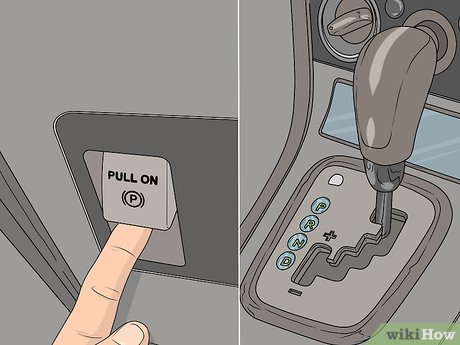
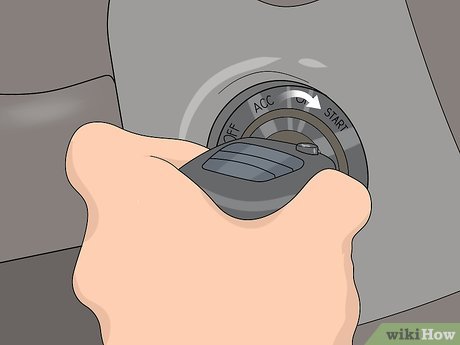
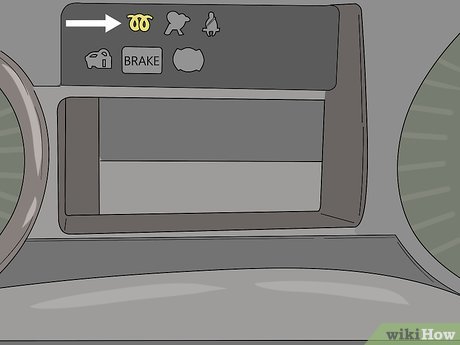
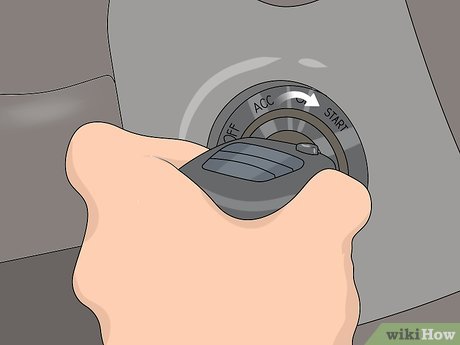
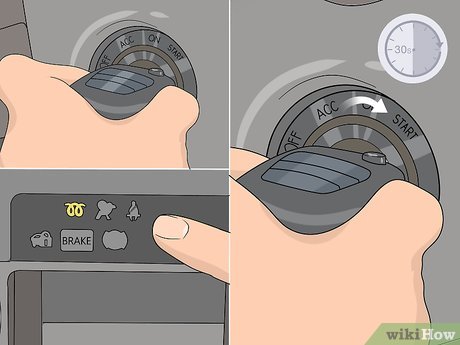
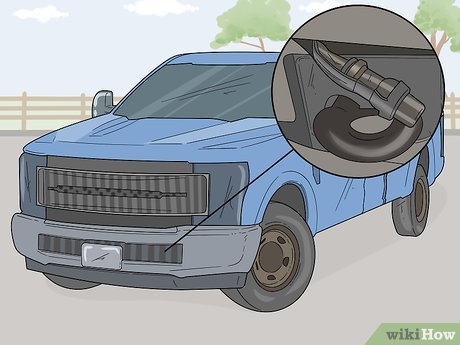
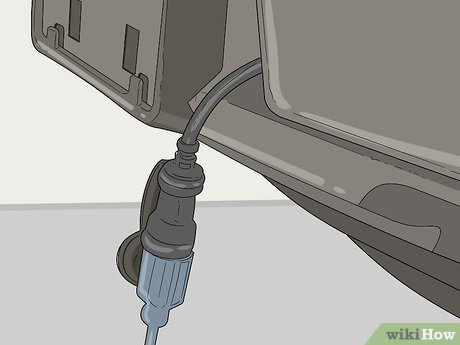
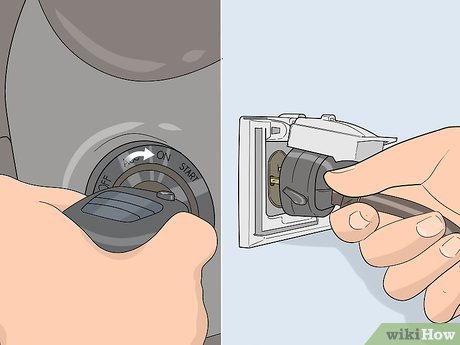
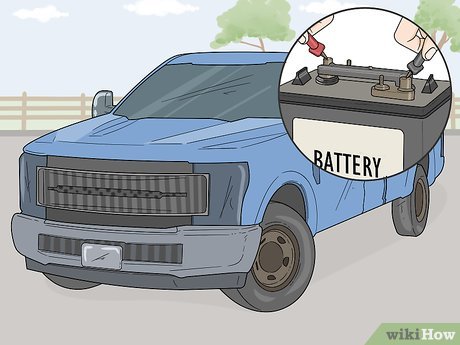

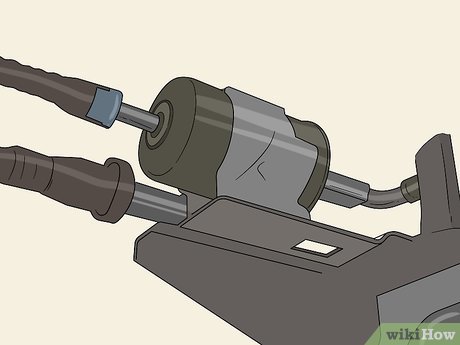
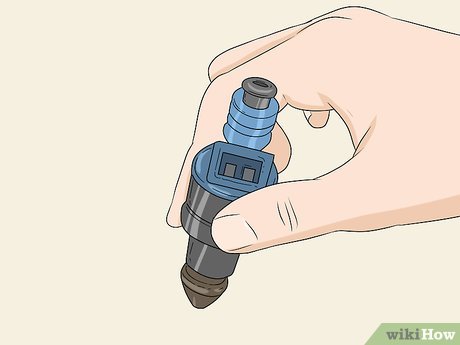










 How to Clean Your Driving Record
How to Clean Your Driving Record How to Adjust an Air Fuel Mixture Screw
How to Adjust an Air Fuel Mixture Screw How to Paint an Engine Block
How to Paint an Engine Block How to Clean an Abs Sensor
How to Clean an Abs Sensor How to Install an RV Handrail
How to Install an RV Handrail How to Become a Panel Beater
How to Become a Panel Beater